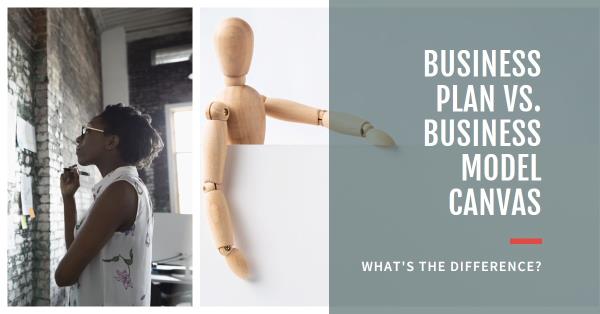A business plan and a business model canvas are both tools used to develop a business strategy, but they serve different purposes and are presented differently. In this article, we will define and compare business plans and business model canvases, provide examples, and examine case studies to illustrate their differences.
Business Plan:
A business plan is a formal document that outlines a company’s strategy, operations, and financials. It is typically used to secure funding or guide a company’s growth. A business plan should include an executive summary, company overview, market analysis, marketing and sales strategy, operations plan, financial projections, and funding requirements. A business plan is a comprehensive roadmap that outlines the company’s goals and how it plans to achieve them.
Example:
A startup that plans to develop a new app may create a business plan that outlines its vision, target market, and marketing strategy. The plan may also include detailed financial projections, staffing plan, and funding requirements. The business plan would be used to secure funding and guide the company’s growth strategy.
Case Study:
Tesla’s business plan emphasized the company’s mission to accelerate the transition to sustainable energy. The presentation included a market analysis, highlighting the need for electric vehicles and renewable energy solutions. It also described Tesla’s innovative technology, including its electric powertrain and battery technology. The business plan helped Tesla secure funding and launch its successful line of electric vehicles.
Business Model Canvas:
A business model canvas is a visual tool that outlines a company’s business model. It is typically used to describe the key elements of a company’s strategy, including its value proposition, customer segments, channels, customer relationships, revenue streams, key activities, key resources, key partnerships, and cost structure. A business model canvas is a concise and flexible tool that allows companies to quickly iterate and pivot their strategy.
Example:
A coffee shop owner may create a business model canvas that outlines the shop’s value proposition, target customer segments, and distribution channels. The canvas may also include the shop’s customer relationship strategy, revenue streams, key activities, key resources, key partnerships, and cost structure. The canvas would be used to guide the coffee shop’s strategy and identify areas for improvement.
Case Study:
Airbnb used a business model canvas to identify its key value proposition and build a successful platform for short-term vacation rentals. The canvas helped Airbnb identify its target customer segments, channels for reaching those customers, and ways to build strong customer relationships. The canvas also helped Airbnb identify its revenue streams and cost structure, allowing the company to build a profitable business model.
In conclusion, a business plan and a business model canvas are both important tools for developing a business strategy, but they serve different purposes and are presented differently. A business plan is a formal document that outlines a company’s strategy, operations, and financials, while a business model canvas is a visual tool that outlines a company’s business model. By understanding the differences between these two tools, entrepreneurs can choose the one that best suits their needs and helps them build a successful business.




